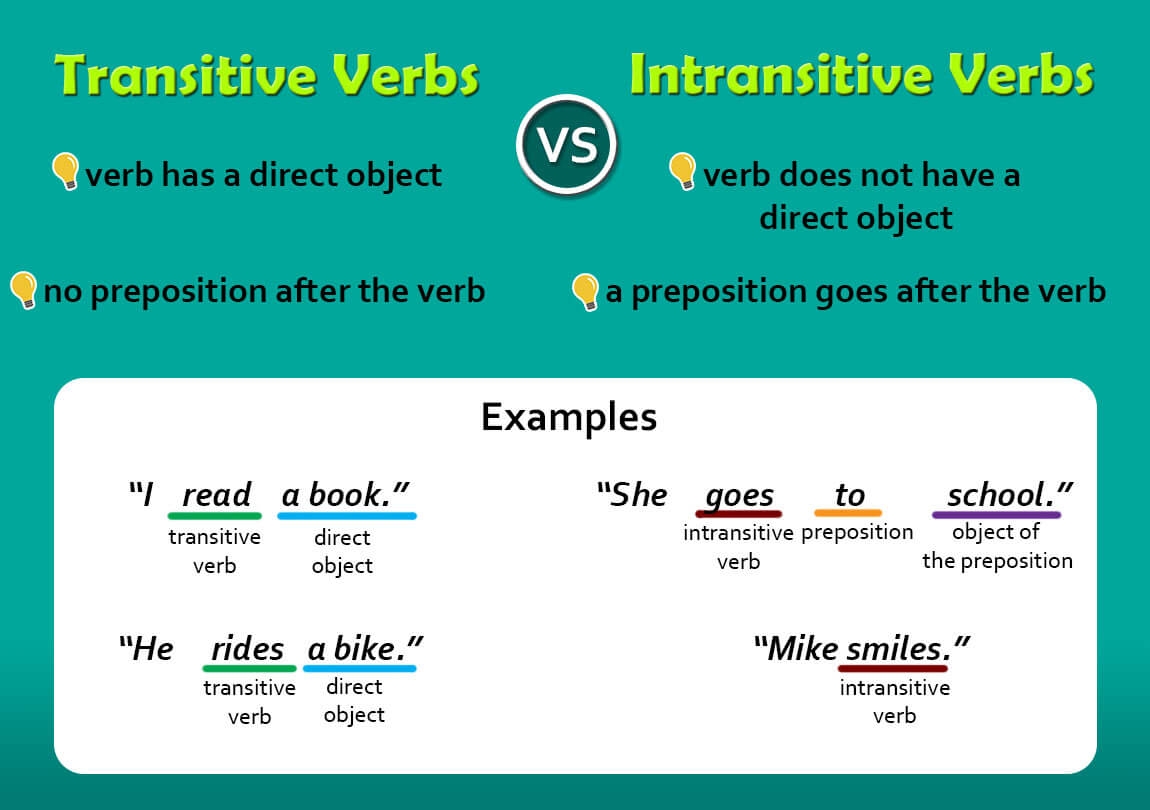In English grammar, transitive verbs are action verbs that require a direct object to complete their meaning. They transfer their action to something or someone in the sentence. Understanding transitive verbs is essential for constructing meaningful sentences.
Transitive verbs play a crucial role in sentence structure as they connect the subject of the sentence to the object that receives the action. Without a direct object, the sentence may not convey a complete thought or make sense.
Examples of Transitive Verbs
1. Eat: She ate the delicious cake.
2. Read: He read the book last night.
3. Throw: The pitcher threw the ball to the catcher.
4. Bring: Please bring me a glass of water.
5. Paint: She painted the entire room blue.
Transitive verbs can also be used in the passive voice, where the subject receives the action rather than performing it. For example, “The cake was eaten by her.” In this sentence, “cake” is the subject, “eaten” is the transitive verb, and “her” is the doer of the action.
Using transitive verbs effectively can enhance the clarity and coherence of your writing. They help to establish relationships between different elements in a sentence and provide a more detailed description of actions performed by the subject.
It is important to note that not all verbs are transitive; some verbs are intransitive, meaning they do not require a direct object to complete their meaning. Understanding the distinction between transitive and intransitive verbs can help you construct grammatically correct and meaningful sentences.
Overall, transitive verbs are an essential part of English grammar that help convey actions and relationships within sentences. By mastering the use of transitive verbs, you can improve the clarity and effectiveness of your communication.
